The Ultimate Plant-Based French Toast Recipe | Tips, Tricks, and Flavor Twists
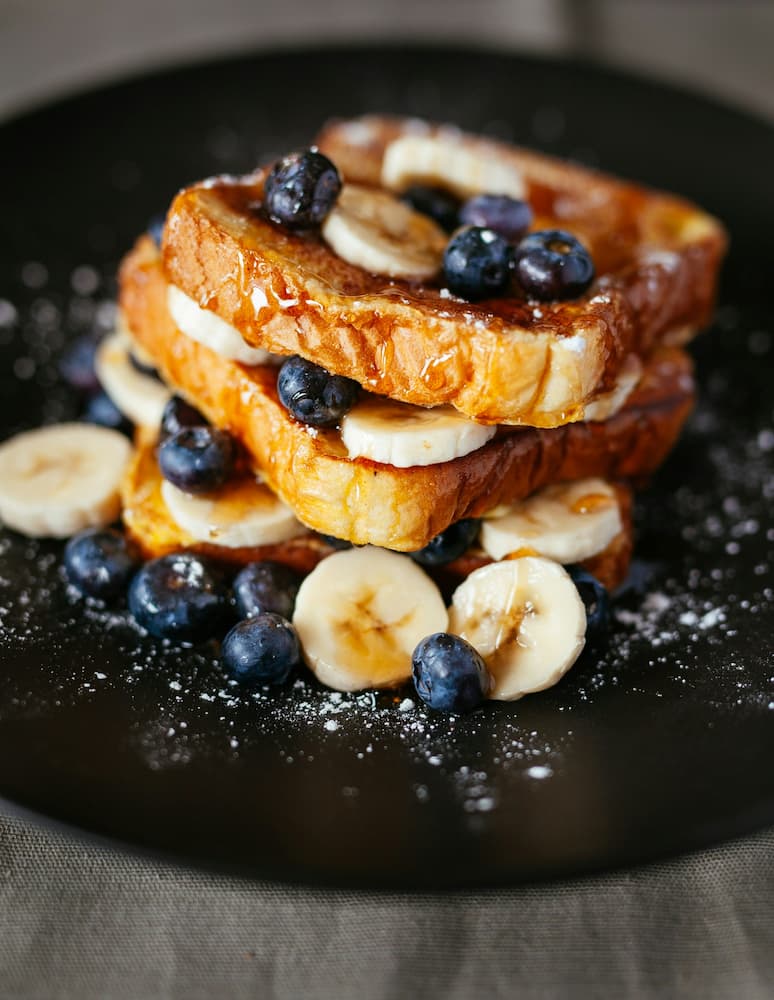
Plant-Based French Toast is a brunch staple, conjuring images of lazy Sunday mornings and the scent of cinnamon wafting through the air. But who says you need eggs and dairy to recreate this comforting classic? Our vegan French toast recipe promises all the nostalgia without the animal products, proving that compassionate cooking can be just as delicious. Let’s dive into the secrets of making the perfect vegan French toast, complete with tips and tricks to elevate your breakfast game.
The Basic Recipe
Ingredients:
- 1 cup unsweetened almond milk (or any plant-based milk of your choice)
- 1/4 cup chickpea flour (for the “eggy” texture and added protein)
- 1 tablespoon nutritional yeast (for a subtle depth of flavor)
- 1 teaspoon ground cinnamon
- 1 teaspoon vanilla extract
- 1 tablespoon maple syrup (plus more for serving)
- 1 pinch of salt
- 1 pinch of turmeric (optional, for color)
- 6-8 slices of thick, sturdy bread (day-old bread works best)
- Vegan butter or oil for frying
- Fresh fruit, nuts, and vegan whipped cream for topping
Instructions:
- Whisk Together the Batter: In a shallow dish, whisk together the almond milk, chickpea flour, nutritional yeast, cinnamon, vanilla extract, maple syrup, salt, and turmeric until smooth.
- Soak the Bread: Dip each slice of bread into the batter, allowing it to soak for about 20 seconds on each side. Don’t soak too long, or the bread may fall apart.
- Fry to Perfection: Heat a non-stick skillet or griddle over medium heat and add a little vegan butter or oil. Fry each slice of bread until golden brown and crispy, about 3-4 minutes per side.
- Serve Warm: Serve your French toast warm, topped with additional maple syrup, fresh fruits, nuts, or a dollop of vegan whipped cream.
Tips and Tricks for Perfect Vegan French Toast
Choosing the Right Bread
- Thickness Matters: Opt for thickly sliced bread, about 1-inch thick, to hold up well to soaking and frying.
- Stale is Better: Slightly stale bread absorbs the batter better without falling apart. If your bread is fresh, you can lightly toast it beforehand.
Batter Basics
- Consistency is Key: Your batter should be smooth and slightly thick to adhere to the bread. If it’s too thin, add a bit more chickpea flour; if too thick, a splash more almond milk.
- Flavor it Up: Don’t hesitate to experiment with the batter. Add a dash of nutmeg, some orange zest, or swap maple syrup for agave nectar for different flavor profiles.
Cooking to Perfection
- Medium Heat: Cooking at medium heat allows the French toast to cook through and get crispy without burning.
- Non-Stick Success: Use a good non-stick skillet or griddle and enough vegan butter or oil to ensure your French toast doesn’t stick and has a deliciously crispy exterior.
Customization Ideas
For the Sweet Tooth
- Chocolate and Banana: Add slices of banana and a drizzle of melted vegan chocolate between two slices of cooked French toast for a decadent breakfast sandwich.
- Berry Compote: Simmer your favorite berries with a splash of water and a touch of sugar until syrupy. Serve over your French toast for a tangy-sweet topping.
Savory Spin
- ‘Cheesy’ Avocado Toast: Spread mashed avocado over your French toast and sprinkle with nutritional yeast and red pepper flakes for a savory twist.
- Mushroom and Spinach Sauté: Top your French toast with sautéed mushrooms and spinach for a hearty, savory breakfast option.
Troubleshooting Common Issues
- Soggy French Toast: Ensure your bread isn’t soaking in the batter for too long. Using thicker, slightly stale bread can also help prevent sogginess.
- Not Crispy Enough: Make sure your pan is properly heated before adding the bread, and don’t skimp on the vegan butter or oil, which helps crisp up the edges.
- Batter Not Sticking: If you find the batter isn’t adhering well to the bread, make sure your batter isn’t too thin, and consider dipping the bread a bit longer or pressing it slightly into the batter.
Conclusion
Vegan French toast is a testament to the versatility and delicious possibilities of plant-based cooking. With the right ingredients, a bit of technique, and an open mind for flavors, you can recreate this breakfast classic in a way that’s kind to the planet and your palate. Whether you prefer your French toast sweet and syrupy or with a savory twist, the options are endless. So, why not make your next brunch a vegan affair? Your taste buds (and the planet) will thank you.

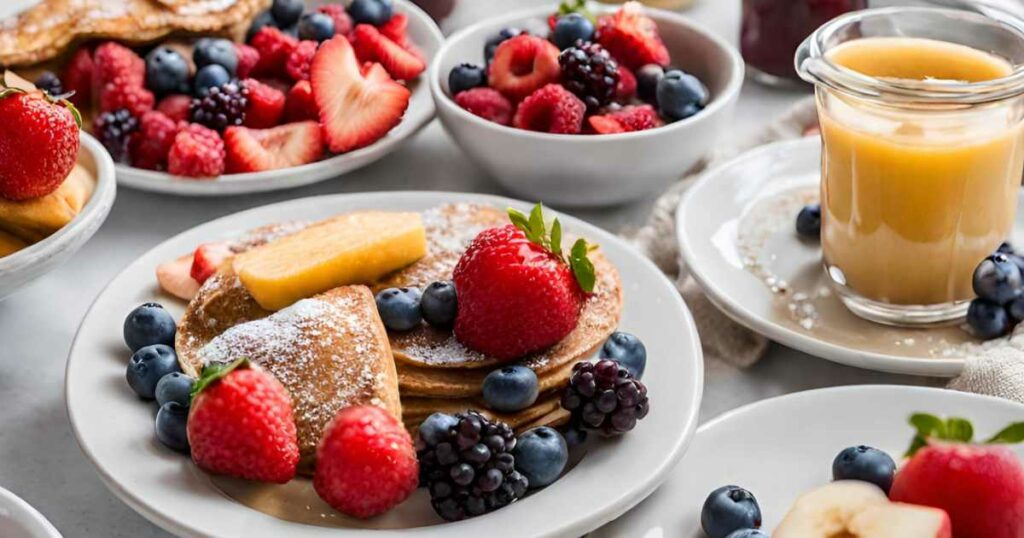
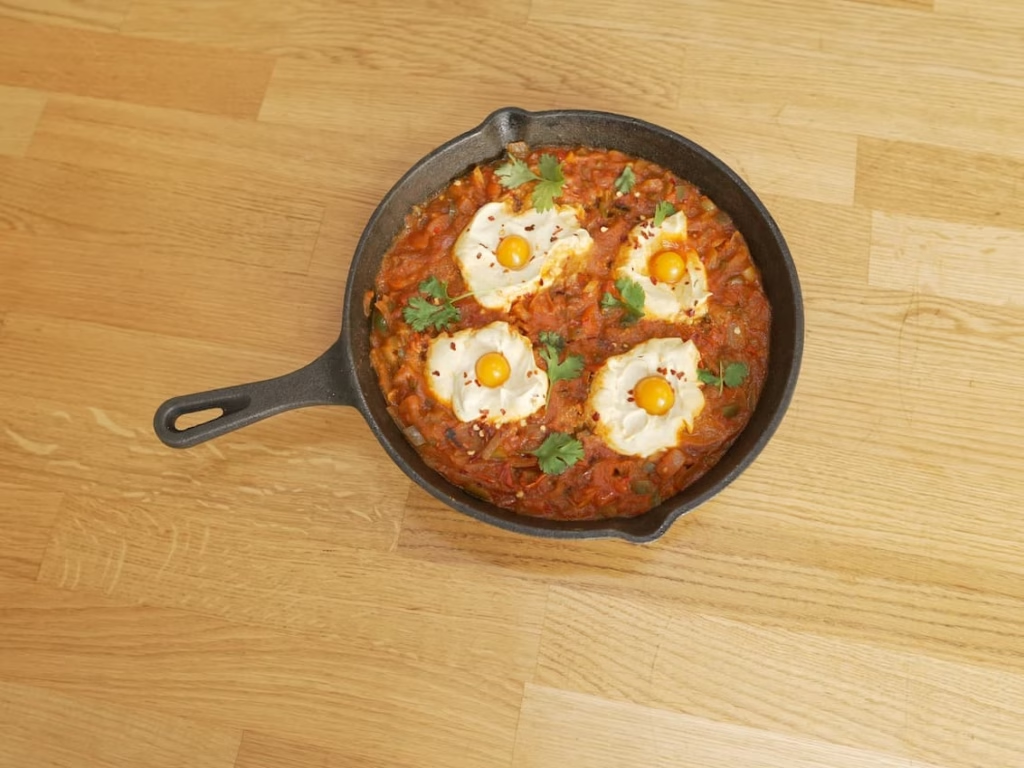

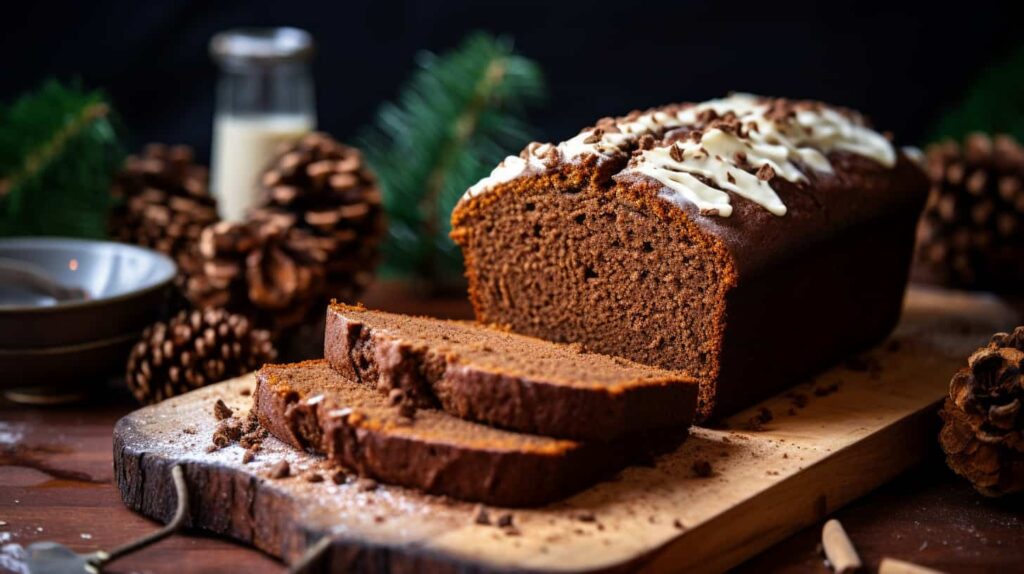
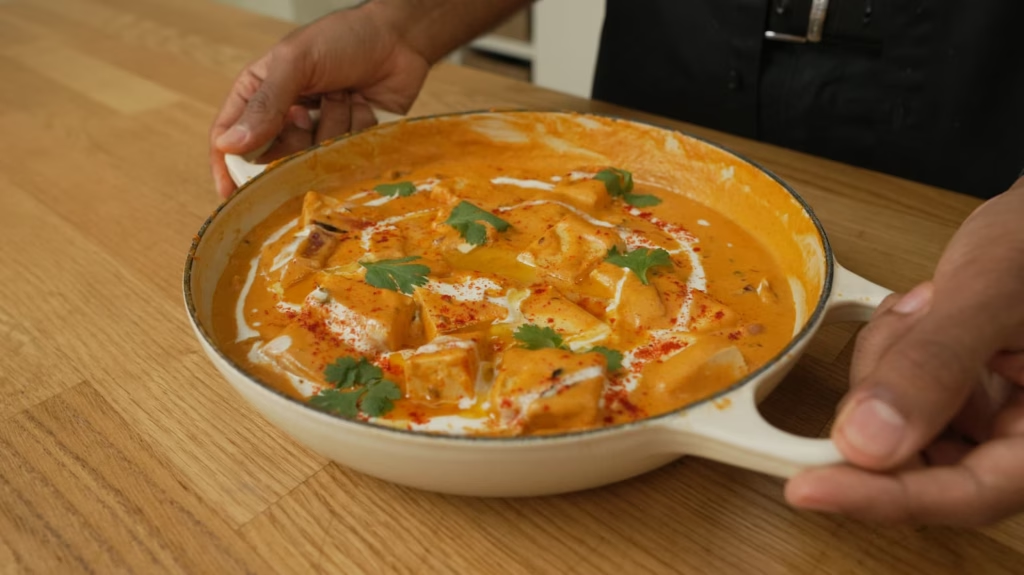
Responses